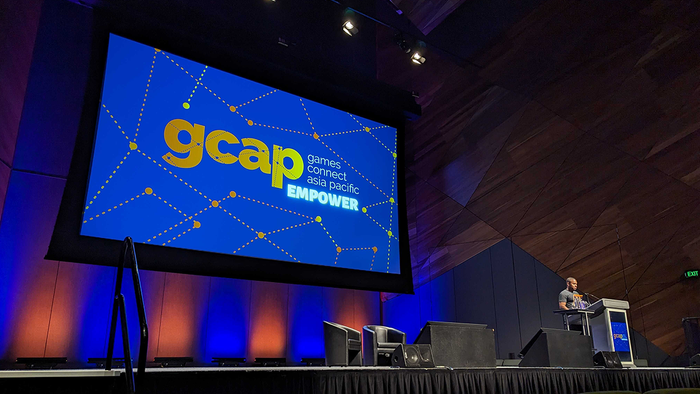The Sound and Music of Proteus - An Academic Case Study
How does audio enhance the immersive experience of an interactive game? This is a case study taken from a recent academic paper for The Glasgow School of Art's Masters Programme in Sound for the Moving Image.

Proteus (2013) is an audio-based, first person exploration game developed by two independent game enthusiasts, Ed Key, programmer and designer from Cambridgeshire, England, and David Kanaga, a musical composer based in Oakland, California. Key began working on Proteus as a procedurally generated role-playing adventure, akin to the popular Elder Scrolls series, but changed focus as Kanaga was brought on board and proposed the concept of creating an integration between the adaptive visual and audio stimuli (Webster 2013).
Proteus has no on-screen graphical interface or method of game saving and no character actions other than movement and the ability to sit down. The game is a purely immersive, one of a kind experience, in which each play-through is unique. Although scenic elements remain the same, the island that the player explores organically shifts and recreates itself dependent on the player’s movement, thus creating an unusual sense of ability to control sound through action, creating a unique performance through navigation (Golding 2013).

What is truly unique about Proteus’s sonic experience is Kanaga’s ability to create a landscape in which all visual art has its own sound and musical motif e.g. the twinkled rain which adds a layer of floating toy piano over the natural sound of rainfall to further texturize the adaptive music generated by the changing game environment. Triggering a musical cue isn’t always as conscious as walking across the breezy drones of a snow capped mountain, but may only occur when the player walks over a patch of animated flowers or past floating dragonflies. The 8-bit style graphics lend to the introduction of both true sound and audio enhancement of motions such as the synchronised ‘bleeps’ of a pixelated animal pouncing away from the player and the organic sound of rippling water as the player walks through the still ocean.

Geographically, videos games have become increasingly more complex in recent years in terms of adaptive space and designers filling the creation of location with emotional and narrative qualities to further enhance the immersive properties of the gameplay. The power of gaming allows for the invention of sonic realities as well as visual ones, “after all, making space is often just as much a question of noise as it is of sight” (Golding 2013). The music of Proteus expands between landscapes, the season represented and the time of day in which the game environment is running. The sound of the winter season, bare treed forest area in the middle of the day will generate a completely different soundtrack than the warm, melodic summer soundscape.
Proteus bridges the gap between audio-based gaming and an interactive art installation in which the player re-composes not only the musical soundscape of the game but also the environment itself. Fully audio games, such as Papa Sangre (2010), rely on no on-screen graphics other than a method of directing the players character and creates a mental visualisation of the players surroundings through binaural audio and headphones to increase the game beyond the scene. Audio-based games such as Proteus expand upon the lessons learned from audio game examples such as this, by enhancing the immersive role that sound plays on an interactive environment. It is crucial for each component of sound to work together to create an overall soundscape in which a player may fully believe as a coherent piece of work (Collins and Kapralos 2012).
Read more about:
BlogsAbout the Author(s)
You May Also Like








